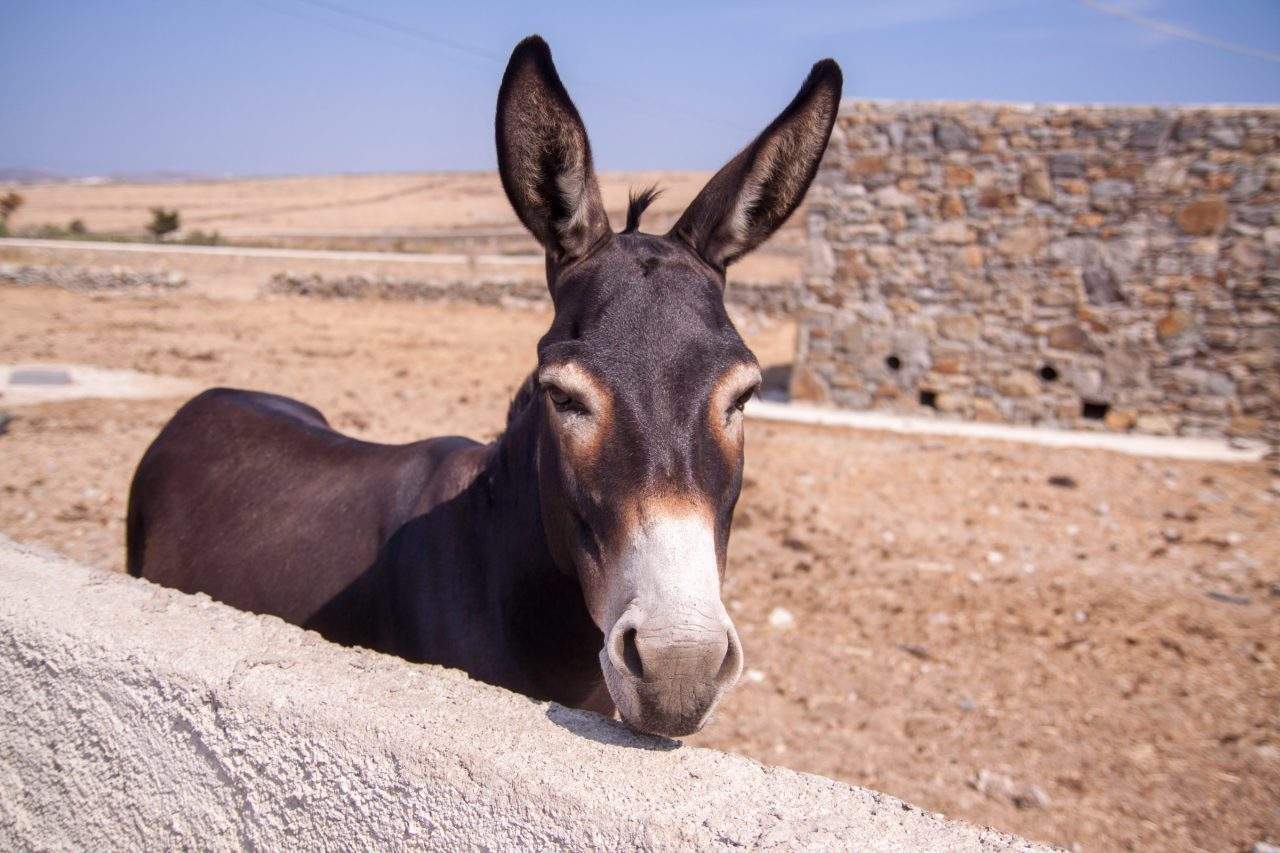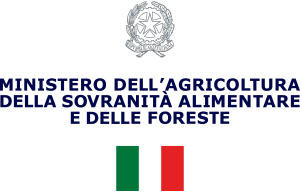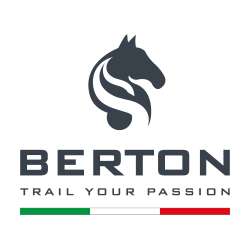The history of Man has always been accompanied by animals. Once Man began to move and started to trade goods, so the domestication of work and pack animals also commenced: donkeys were also among such animals.
Donkeys, thanks to their strength and innate docility, have always been used in agriculture, since they are not as expensive as horses and also better suited to endure the effort of work in the fields and as a means of transport.
Italy boats many breeds of donkey.
The Sardinian Donkey is a small, rustic and frugal donkey, with a lively, strong yet mild temperament, once known as the “miller” since it turned the grinding wheel for flour and was a vital part of everyday life.
The Asinara Donkey is native to the island of the same name in north-west Sardinia. The Asinara donkey typically has a characteristic white coat with a pink face and pink-sky blue eyes, which are believed to be associated with an incomplete form of albinism.
The Amiata Donkey is typical of Tuscany; this breed was once at risk of extinction and was saved only thanks to the work of the Micci Amiatini Breeders Association. The Miccio Amiatino donkey is still characterized today by its mouse-grey crossed coat, zebra-like stripes on its legs, ears with dark edges and light grey muzzle and belly.
Tradition has it that the Martina Franca Donkey originated from the Catalan donkeys taken to the Murgia area by the Counts of Conversano during the time of Spanish domination. Its morphological structure means that the Martina Franca donkey is especially suited to work even on marginal and stony terrain, for breeding and reproduction of mules, for which it is held in particularly high regard and high demand all over the world even today.
The Ragusano Donkey is undoubtedly the youngest among donkey breeds. It is used for treks in the farm tourism sector since its character and docility mean it can also be ridden by children and people with disabilities, thereby s playing an important social role.
The Pantelleria Donkey is considered to be the “thoroughbred” among Sicilian donkey breeds. The Pantesco donkey is the only one in the world to have the amble as its natural gait, a walking, cantering gait with a comfortable step that is also as fast as a trot, with ambling movements. Now considered extinct, it is at the centre of an experimental project to recover the breed.
The Romagnolo Donkey is a native breed from the Province of Forlì and its origins date back to the period of the barbarian invasions. The Romagnolo Donkey is sturdy, with a lively yet willing and reliable character. It is powerful in towing and light hauls and has a sustained trot that it can hold over long distances.
And, lastly, let’s not forget mules and hinnies.
The mule is a cross-breed from a donkey sire and a horse mare. The hinny is a generally infertile cross-breed from a horse sire and a domestic donkey mare.
Next appointment from November 6 to 9, 2025
- +39 045 11176091
- [email protected]
- (Mon-Fri 09:00-18:00)




























